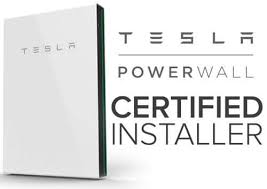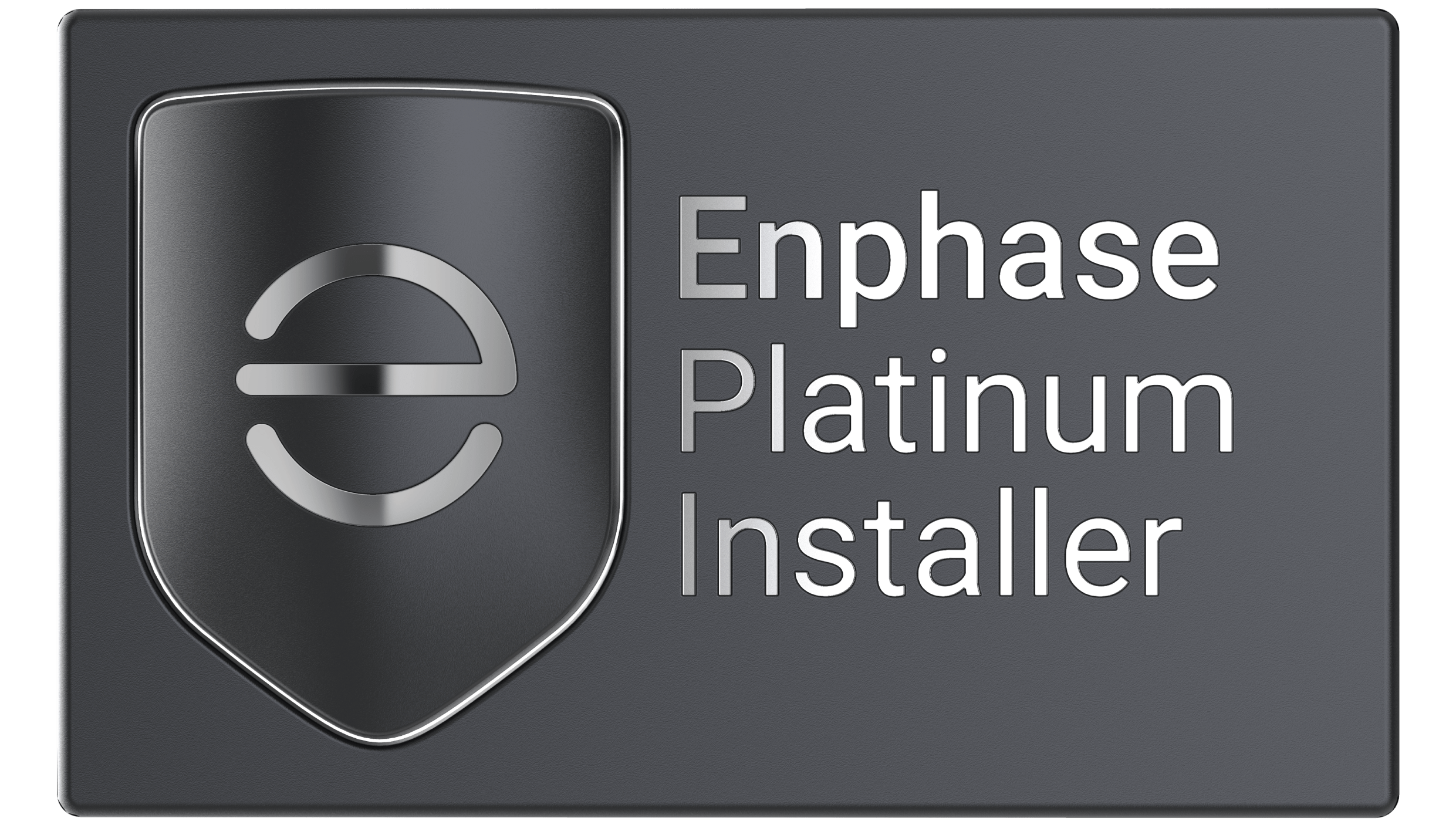Many areas of the world are experiencing warmer temperatures and more sunshine, which has fueled the increasing demand for solar panels. People are reaping the benefits of solar power by seeing reduced utility bills and receiving a tax credit, but how does the solar tax credit work exactly?
Federal solar tax credit
In general, a tax credit is a dollar-for-dollar reduction in the amount of income tax a person owes. The solar Investment Tax Credit (ITC) was enacted in 2006, and since its inception, the solar industry has grown by over 10,000 percent, investing billions of dollars into the U.S. economy and creating hundreds of thousands of jobs. The federal residential solar energy credit can be claimed on a person’s federal income taxes for a percentage of the cost of the solar photovoltaic (PV) system. The solar system needs to be placed in service during the tax year and must generate electricity for a home in the United States. As of now, there isn’t a maximum amount that can be claimed.
Federal solar panel rebate
Part of the government solar panels program is a rebate, which provides different percentages back on income tax depending on the year the solar system was installed. The following tax credits are provided:
- 26% tax credit for residential/commercial systems installed in 2020-2022
- 22% tax credit for residential/commercial systems installed in 2023
- 10% for commercial systems installed in 2023 and after
There was a federal solar tax credit extension, which provides a 26% tax credit for systems installed in 2020-2022. The credit was originally supposed to expire in 2021 and reduce to 22%.
If you’re contemplating getting a solar system installed and want to reap the benefits of a solar panel rebate, make your plans now as the solar panel federal tax credit expiration is set for 2024 unless Congress decides to renew it.
Are there other incentives?
If a rebate isn’t enticing enough, certain states offer other incentives. Oregon provides cash incentives if your system is grid-tied (most systems are), Texas has a solar rights law which prevents HOAs from banning solar systems on homes, and Illinois has a property tax break, known as the Special Assessment for Solar Energy Systems, that taxes your property as if the panels weren’t even installed so you don’t have to worry about your property tax bills increasing. The state of Florida solar incentives are similar but have some differences.
While solar energy systems are exempt from Florida’s sales and use tax, the state provides a 100% property tax exemption for residential renewable energy property, and 80% property tax abatement for commercial renewable energy property. Local incentives are also provided depending on the county in which the house or building is located.
Solar financing through lending programs is also available for homeowners and commercial businesses through Florida PACE (Property Assessment and Clean Energy). Through PACE, homeowners can finance energy-efficient upgrades at fixed interest rates with no upfront costs since it’s attached to their property taxes.
A study from Berkeley Lab found that a solar energy system can increase a home’s value by 3.5 percent. The value increase depends on the watts produced by the system, so the more watts made by a solar system, the more a home’s value will be increased.
How to file for the solar panel tax credit
When getting ready to file for the solar panel tax credit, it’s important to check that you’re eligible for the rebate. Here are three ways to check your eligibility:
- Do you own the solar system?
- Do you have a federal tax liability to use the ITC against?
- Is this system for your home in the U.S.? “Home” includes houses, houseboats, RV’s, cooperative apartments, or condos and does not have to be your main residence if you own the home and lived in it for a portion of the year.
Make sure you have your receipts from the solar installation available to submit or provide if anything is questioned. If you meet these criteria, you’ll need to find the appropriate solar tax credit form from the IRS, which is IRS Form 5695, also known as the Residential Energy Credits Form, as part of your tax return. This form is needed to calculate the number of tax credits you can gain from your qualified home energy improvements such as:
- Geothermal heat pumps
- Solar panels
- Solar batteries
- Solar thermal pool heating
- Fuel cells
- Small wind turbines
Once that is calculated, enter the result on your 1040 form. As always, it’s important to consult a certified tax professional with questions and for tax-related advice.














